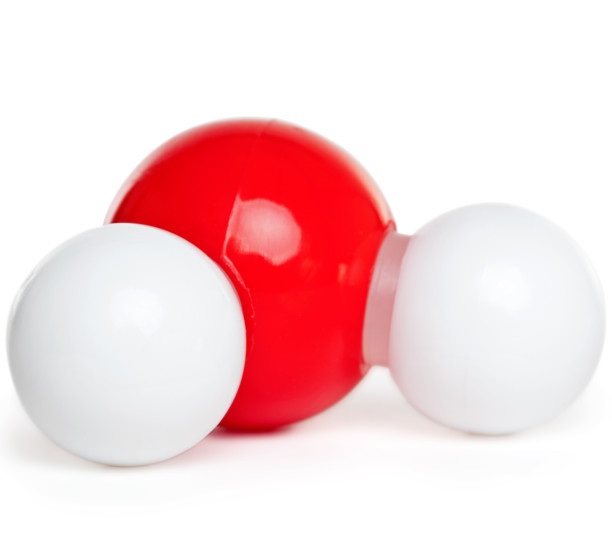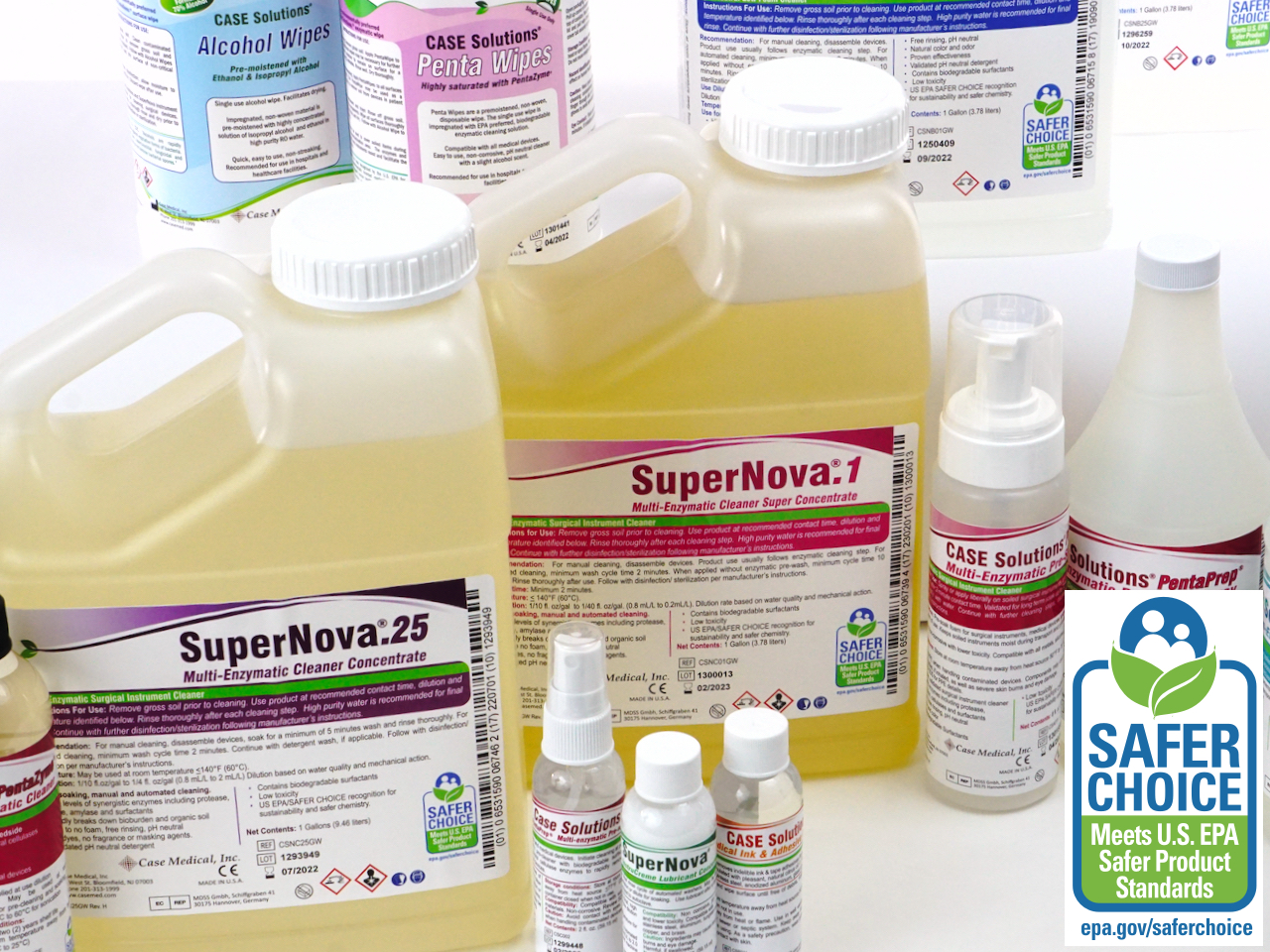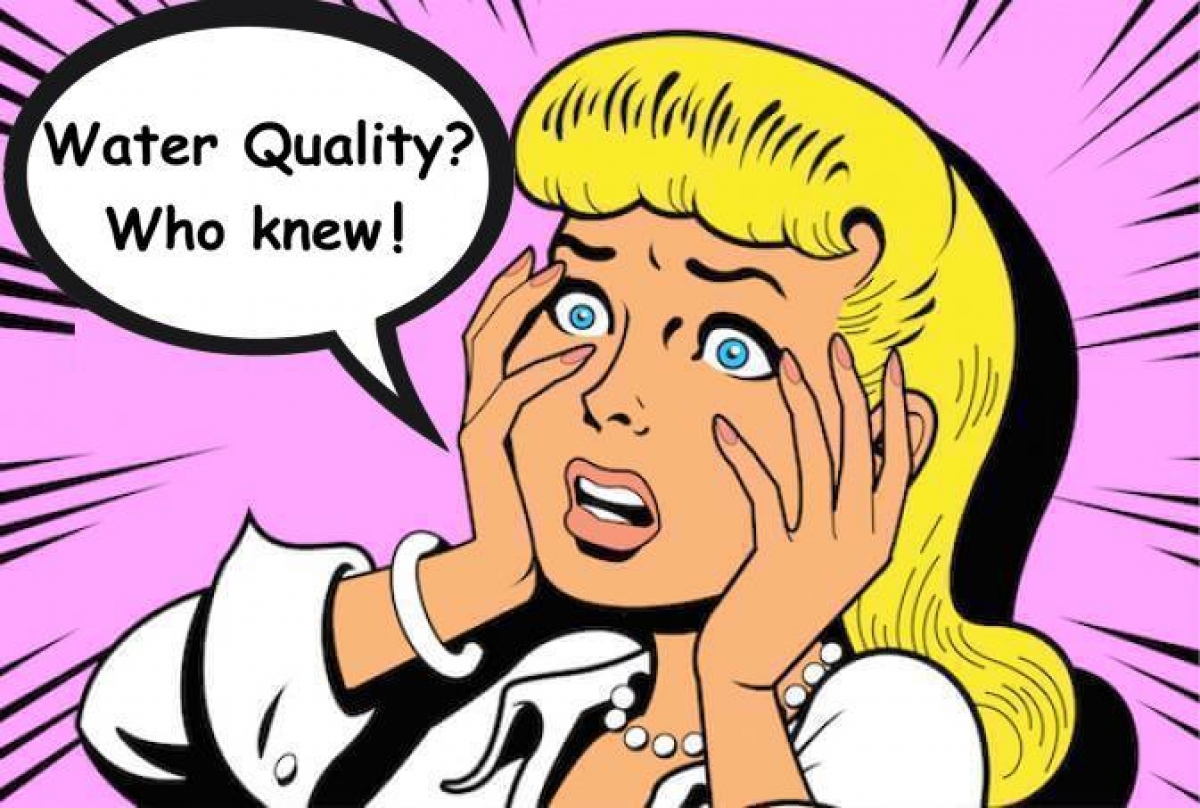ACT 1
Do you know what’s hiding in your tap water?
"Is it hard, soft, iron rich, or smelly like rotten eggs?" "How does water quality affect cleaning chemistries, and what can be done about it?" "And how can high purity water contribute to more effective cleaning?"
Certainly, water is important for the final rinse, but what about in the formulation of the cleaning agent itself and in the cleaning stages of instrument processing? We all know that water is finite, but not all water is created equal. That’s why advertisers and soft drink marketers have capitalized on “pure water”, offering so many versions of good “ole” water that we can become totally confused about which to choose.


Di-hydrogen mono-oxide
Better known as water is rarely found in its pure state. Despite it being a universal solvent, there’s always something mixed up in tap water or “potable” water as it is sometimes called. This is where chemicals, detergents, enzymes, and chelating agents are added to the script of our “soap opera” as supporting characters that are critical to the outcome.
To ensure quality, the federal government regulates tap water. The Environmental Protection Agency (EPA) sets standards for both tap water and ground water. That means that in most cases, tap water will be free of common contaminants, such as pesticides, chemicals, and heavy metals, with an acceptable pH around neutral.
Let’s take a closer look

ACT 2
Water Treatment for Instrument Cleaning
When developing a script there is always an antagonist and a protagonist. In our soap opera the antagonist is an unnecessary element added as a benefit but does more damage than it’s worth. Our hero is a simple solution to filter and remove all the bad stuff without adding anything into the mix. RO is typically used as the final rinse in healthcare facilities. What if we change the scenario and begin the cleaning process with RO treated water? Now, the detergent can go right to work without having to tackle water borne impurities. We have conducted numerous studies that show increased effectiveness when RO water is used for cleaning as well as rinsing.
Use a validated, Safer Choice labeled detergent where RO water is the solvent and RO water is used for cleaning and rinsing. We do this at Case Medical, where we see consistent excellent outcomes every day for manufacturing and for cleaning of product and plant. No residue, no salt deposits, no discoloration. RO water treatment is our method of choice for manufacturing, for use in our autoclave, and RO water is the solvent in our Safer Choice labeled instrument chemistries whether the detergent is enzymatic or not.


Case Medical, a US EPA Safer Choice Partner of the Year formulates, manufactures, and recommends a validated, pH neutral, low foaming, multi-enzymatic detergent, as the protagonist in fighting grime and bioburden. So if you have hard water, use a detergent with active chelating agents to follow the enzyme wash step, and provide even better results. Case Medical is here to help you find a cleaner that meets all your specifications and it may only take one.
Join us and a team of experts for a 2-hour online event scheduled for February 23, 2022, 3-5PM EST, 2 CEU credits. Sustainable Cleaning Chemistries for a Healthier World.
Educational Seminar, Panel Discussion, and Q&A with the Experts
Industry leaders, formulators, healthcare professionals and regulatory experts associated with Safer Choice are available on the 23rd to answer your questions and concerns about cleaning chemistries and offer their suggestions to improve healthcare hazards.
-Discover how healthcare can maintain optimal infection prevention without harm
-Learn how to reduce the impact of hazardous cleaning chemistries on patients and staff
-Understand the importance of cleaning and the science behind it
-Learn how validated cleaners and water quality contribute to better outcomes
-Review how safer chemical usage in healthcare settings can contribute to a healthier world

Visit us at www.casemed.com to learn more about our products and how they can help your facility lighten its impact on the environment for the good of us all.
Marcia Frieze and the Case Medical team





